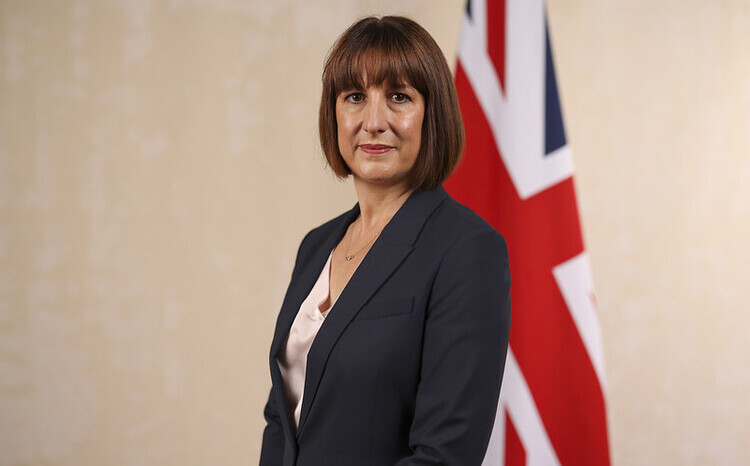Enter the CCG: on flying pig documents
- 21 June 2016

Our clinical commissioning group has just completed its local digital roadmap, setting out how it is going to set out on the NHS’s five year drive to become paperless.
And we did it! The local consortium looking after our IT created a wonderful presentation showing its plans for each successive year, with detailed proposals for all aspects of medical IT, communication, implementation and integration.
We took this, discussed it, and decided what our ultimate plan should be. Our deliberations will be finalised, accepted by the CCG’s Executive and then formally submitted to NHS England at the end of June.
The finished report will include details of target dates relating to NHS England’s plans, stating how we will be fulfilling them all. Job done!
And, do you know, I don’t believe a word of it.
It’s not the idea, its the delivery
I’d wondered whether I ought to mention my misgivings at the original planning meeting.
But everybody else seemed to be so bullish that I felt that to air my suspicions that the emperor had no clothes would mean that I’d be marked down as ‘lacking leadership and drive’.
I might be condemned forever to live in the basement of the CCG, surrounded by ZX81s, BBC-Bs and floppy disks.
So I remained silent. Anyway, I am not worried about the CCG, which is responding to a centrally-driven initiative. And I agree with the general aims of the proposals, which are all sensible.
It’s the delivery…. it’s the speed of implementation; which in turn depends upon the current situation within the wider NHS. It’s my own experience of working in the NHS to introduce IT changes.
Primary care is on a knife edge
In my estimation, the chance that primary care will still be in existence throughout the UK by this time next year is about 50-50.
Many GPs have already left through retirement, resignation or disgust. A quarter of the remainder are on the verge of departing.
The rest are working 12 to 14 hour days; and practice remuneration is dropping; preventing them hiring in more clinicians and staff. One in eight GP posts are now vacant.
Primary care is on a knife-edge — exhausted and overwhelmed. The government’s much-vaunted rescue plan has been derided by GPs as being too little, too late.
Despite all of this, the Secretary of State for Health is still insistent on introducing seven-day working (but using a 5/7 workforce and 5/7 funding).
The last thing primary care needs now is a shiny new plan with ‘challenging’ targets.
An ever-reducing primary care workforce will have enough difficulty just surviving the introduction of a full-on seven-day service without implementing any splendid new wheezes.
Wheezes like: rolling out patient views under Patient Online (by itself a mammoth task), increasing the use of the e-Referral Service to 80%; a full rollout of ePS; introducing interoperability, decision support, mobile working, federated working and reporting, and informatics-led transfers of care…
IT projects just take too long
Then, there’s the problem of introducing IT projects in primary and secondary care.
From bitter experience, my rule of thumb is that whatever time and effort you think it will take to implement a plan fully, you need to multiply it by ten — and even then it will be too little.
It’s not just the hardware and software: it’s persuading busy people that it’s worth spending time changing their working habits, learning new procedures, discovering how the new ways of working can (or should, or don’t) fit in with their previous professional working patterns.
It’s about disposing of the old paper methods. It’s about introducing new software when they’ve only just got accustomed to the foibles of the current stuff.
Even where the software is new it takes ages. I’ve just spent a year helping to install much-requested order comms into both the local hospital and primary care.
A year! And this was just one, tiny project, relatively simple in scope and in usage, and almost freestanding (certainly from the primary care point of view).
The very last part of this installation is to simplify the printing routine — and then finally make it completely paperless. It’s taken eighteen months since this was first proposed, and a whole team of us haven’t yet managed to start rolling it out despite making every effort to carry it through.
The vision
Against these experiences, we have a shiny new CCG Digital Roadmap with seven different headings, each stuffed with complicated projects, and it’s all to be completed in five years…
In this utterly dysfunctional situation, what chance does our CCG’s new plan for becoming paperless have of being fully implemented in the allotted timescale? In my book, nil. Zero. Nul points.
The whole document, so neatly prepared and submitted, is a total waste of time, as are the thousands of hours wasted in its preparation.
The reality
I know precisely what will happen: the CCG will hit all the targets for making the plans, doing the paperwork, and instigating all the management aspects. The only bit that won’t get completed will be the hands-on work, fully completed, in detail.
I’ve invented a new acronym for plans like these. I call them ‘Flying Pig Documents’, or ‘FPDs’, for short.
I strongly suspect that we won’t be alone: up and down the country many CCGs will be producing FPDs of a similar nature by the end of June.
But never mind, folks — we’ll have ticked lots of boxes.
|
Dr John Lockley
|
|||||||






